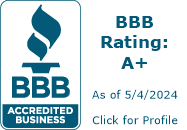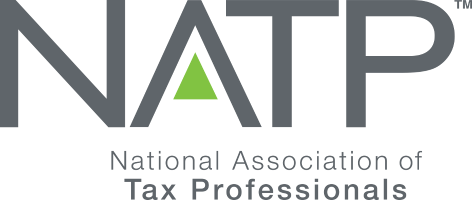According to IRS data 8 out of 10 Americans receive tax refunds on an annual basis. The average tax refund is between $2,800 and $3000 and varies according to income group. Individuals earning an annual income less than $50,000 would typically receive tax refunds 84% of the time and normally in the region of $3000 each time. Those earning more than $200,000 would only get refunds 34% of the time but the average refund would be about $12,000, six times more than those in lower income groups. If you live in Connecticut, Nevada or Texas you would tend to get a higher refund compared to people living in rural Montana, Maine, Vermont or North Dakota.
Why do Tax refunds exist?
Contrary to popular belief, tax refunds are not “gifts” from the government but rather they are simply returning your money back to you. Think of a tax refund as an interest free loan to the government. Through tax deductions on your pay check, which at times tend to be a little bit more than necessary, on an annual basis the IRS is simply returning the difference in money owed to them versus what you have paid over in the first place.
What to do with your refund?
According to annual surveys, people generally use their refunds for two things. Firstly to pay bills such as mortgages and other household related expenses. Secondly, to purchase (or payment towards) big-ticket items such as cars, vacations and large appliances etc.
What rarely features on most peoples list is the need to pay down their debt such as loans and credit cards. What is of even greater concern is the general lack of people putting their refunds towards their 401k and savings.
A great way to use your tax refund would be to do one of the following:
1. Pay of you credit card debt and take advantage of its 30 day interest free usage option.
2. Invest in yourself. You could attend a short course or seminar to increase your skills and further your chances of better job prospects and earning potential.
3. Invest in your home. By using you tax refund towards increasing the energy efficiency of your home, you could literally save thousands in future utility bills.
If you fall into the category of those eligible for a tax refund between $2,800 and $3,000, that equals roughly an extra $107 in a bi-weekly pay check. With that in mind you might start to think that it would be a better idea having that money during the year instead of getting it back from the IRS only later on.
Tax Preparation And Planning Help
What can you do to hold onto your money?
As previously stated, you become eligible for a tax refund only when you have paid over too much to the IRS in the first place.
There is a way to control how much withholding tax is deducted from your pay check. By filling out a W-4 form when starting a new job you can indicate how much withholding tax should be taken out of your pay check, you can use this form in conjunction with the IRS withholding tax calculator. The amount withheld will be influenced by some the exemptions that you can claim such as; number of dependents, how many jobs you have, if you have a non-working spouse or perhaps childcare payments that you make.
Remember that by keeping a close eye on your tax payments and personal finances in general now, you will save hundreds if not thousands of dollars in the long run.

 1-800-548-4639
1-800-548-4639








